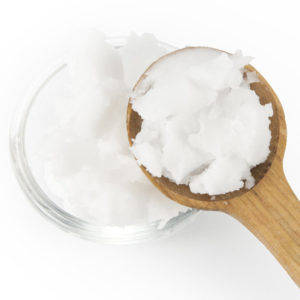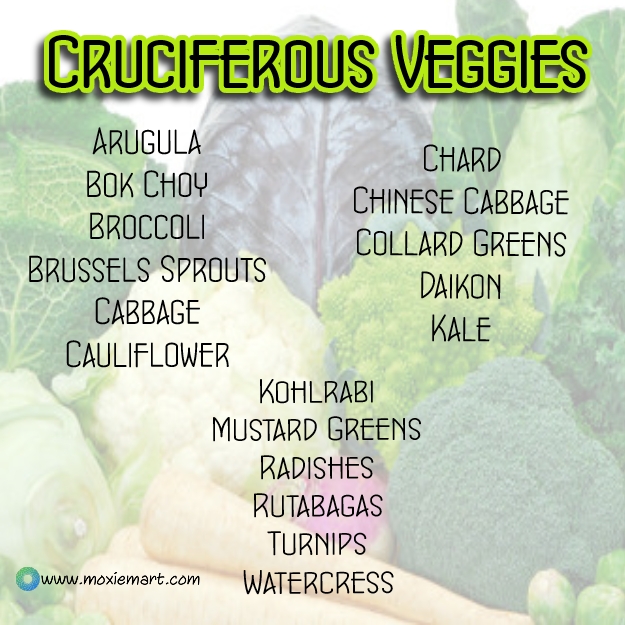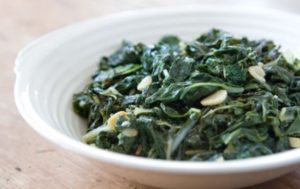Give me a head with hair, long beautiful hair… Shining, gleaming, streaming, flaxen, waxen… Remember that song? When I was young I had a serious problem with self image. Body image to be precise. The only thing I liked about myself, except my charming deposition, of course, was my hair. Period. End of story.
Thankfully, I got older and left the years of teenage angst behind, at this point in my life I’m quite comfortable in my entire body. But I’m still rather attached to my mane! Many of us are and I thought you should consider how your body’s balance affects your luscious locks.
Signs of Not So Healthy Hair
Is you body talking to you? Have you noticed a lot more hair falling out lately? You may want to get your thyroid, iron levels and blood sugar balance checked. If these three aren’t balanced you will notice it in your hair and the dreaded weight gain. When these three are out of whack, it’s likely the rest of your hormones are having a hard time balancing as well. You can exercise more and eat less without getting the results you want. Let’s break these three down:
Thyroid – If your thyroid is underactive one of the first signs you will see is hair loss. Now, I shed like a dog at different times in the year, but we are talking about hair loss that gives you cause for pause. Your thyroid is the Big Kahuna when it comes to your metabolism. If it’s underactive then your metabolism slows down and hair loss speeds up.
Blood Sugar Balance – Elevated blood glucose indicates a high probability of insulin resistance and excess inflammation in your body. Insulin resistance is a pre-diabetic condition and it throws all your hormones out of balance. Hormone balance is so critical to feeling your best. All is not lost because this is easy to turn around with lifestyle changes. Studies have found a low-glycemic and anti-inflammatory diet help to rebalance hormones.
Iron – Premenopausal women should eat a diet rich in iron. Some of the signs you may have low iron levels are weakness, fatigue, poor concentration, weakened immune system and leaky gut or IBS. If you suspect you are low in iron, get checked. Make sure to ask your doctor to do a full iron panel if hair loss is one of your concerns. If you are iron deficient consume 2-3 servings daily of these iron food sources.
Liver
Beef Steak
Navy Beans
Black Beans
Spinach
Swiss Chard
Egg Yolk
Prunes
Artichokes
Collard Greens
Top 5 Foods for Healthy Hair Growth
Dark green veggies. Think spinach, broccoli and Swiss chard. They all have loads of vitamins, like A and C, both of which help produce sebum – the scalp oil that is your natural hair conditioner. Plus, greens are so good for you on various levels.
Eggs. These little ovals are full of biotin, a B vitamin and also known as the hair vitamin.
Bananas, oats and raisins. Silica is what these foods bring into your diet. Silica helps improve hair thickness and therefore stronger hair. Bye-bye breakage!
Lean red meat. We’re talking iron here so see above for a list of vegetarian sources!
Sweet potatoes. So healthy in general, but in terms of hair we are after the beta-carotene, which your body converts to vitamin A. To get your glow on (hair and skin) add any of these beta-carotene rich foods; carrots, butternut squash, pumpkin, kale and asparagus.
Omega-3 fatty acids. Again, a huge benefit for overall health, but it particularly helps support scalp health. If your hair is looking dull and your scalp is dry, load up on your Omega-3s; wild caught salmon, sardines, herring, mackerel, flaxseeds, chia seeds or walnuts.
From the Outside In
We’ve covered healthy hair growth from the inside out, now let’s talk about from the outside in. Are your hair products natural? They should be and sooner than later. Switching to natural personal care products is critical to a truly healthy head of hair as well as your overall health.
Another tip for you! I use coconut oil at least twice a month on my hair. I rub it  in my hands and massage it through my dry hair, leave it on for a bit and then wash with my natural shampoo. If you have oily scalp, you can just put the oil on the ends and up the shaft.
in my hands and massage it through my dry hair, leave it on for a bit and then wash with my natural shampoo. If you have oily scalp, you can just put the oil on the ends and up the shaft.
In one study(1), coconut oil was better at nurturing and conditioning hair than mineral oil (ick!) or sunflower oil. The reason lies in coconut oil’s hydrophobic nature. That means it repels water. So when applied as a pre-wash conditioner, it keeps the water from penetrating each strand, which would cause the cuticle to rise making it more susceptible to damage and breakage. Think…less frizz! Yay!
I also use it on my wet hair if it is especially humid outside. Really helps, but remember…. A little dab will do ya’!
Now you have the knowledge you need to grow a healthy head of hair from the inside out. It seems I have this sudden urge to brush my hair…
1 Journal Cosmetology Science 2003 Mar-Apr;54(2):175-92


